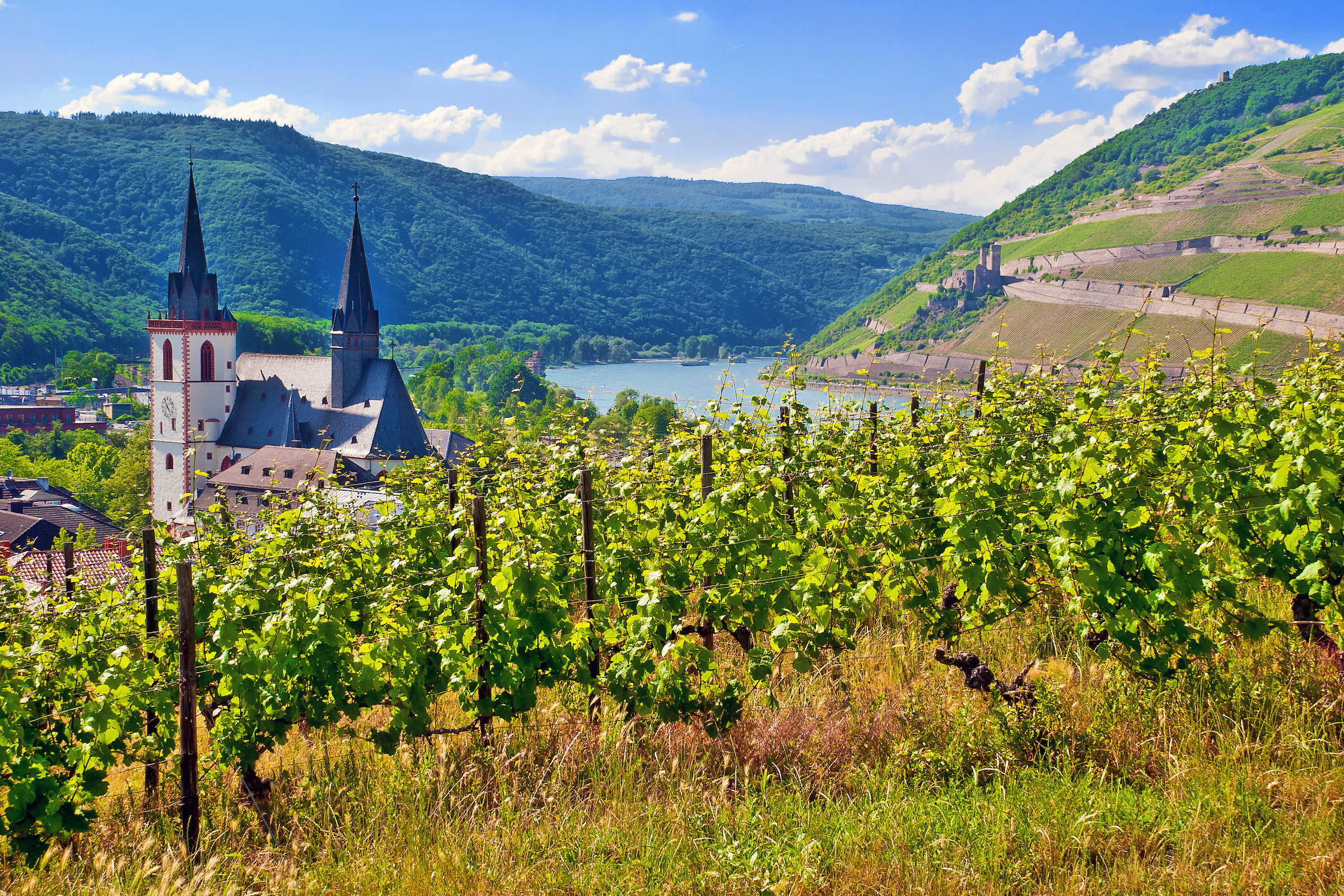It would be easy to reduce Rhineland-Palatinate to the Rhine and Moselle. After all, these great rivers not only shape the landscape, but also convey an extremely inviting image to the world with their images of sunlit vineyards and unspoiled villages. But Rhineland-Palatinate can do more than just look good. With its extensive forests, it preserves a large part of Germany's nature, and with its ancient monuments, palaces and castles, it preserves at least as much of Germany's history. Speyer, Koblenz, Trier and Mainz are just a few of the places worth at least a short trip, and the hospitable atmosphere provides a reason to stay.
Popular destinations in Rhineland-Palatinate
We show you the most beautiful cities in Rhineland-Palatinate.
